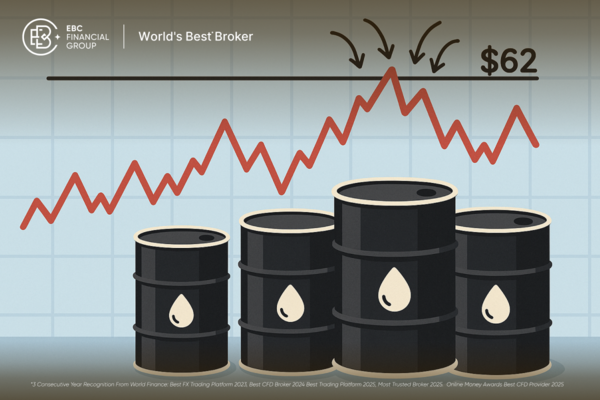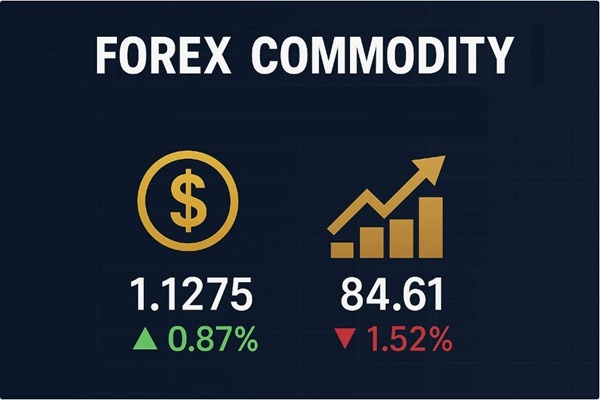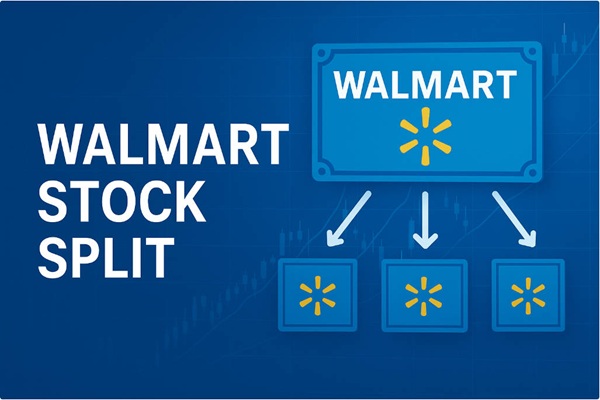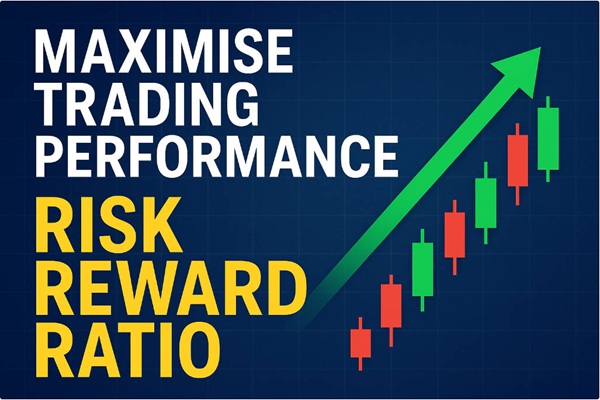West Texas Intermediate crude trades at $61.33 per barrel on Tuesday, unable to break decisively above key resistance despite mounting optimism surrounding US-China trade negotiations. Whilst Brent crude has climbed to $65.65, showing slightly more strength, both benchmarks remain trapped in a narrow range as traders weigh competing forces.
The market faces a fundamental tension: demand optimism from this weekend's trade deal framework announcement collides with supply concerns stemming from OPEC+ plans to increase December output and forecasts predicting oversupply in 2026. This clash between bullish demand signals and bearish supply realities explains why crude has surrendered last week's gains and struggles to hold recent highs.
Current Oil Price Levels and Recent Performance
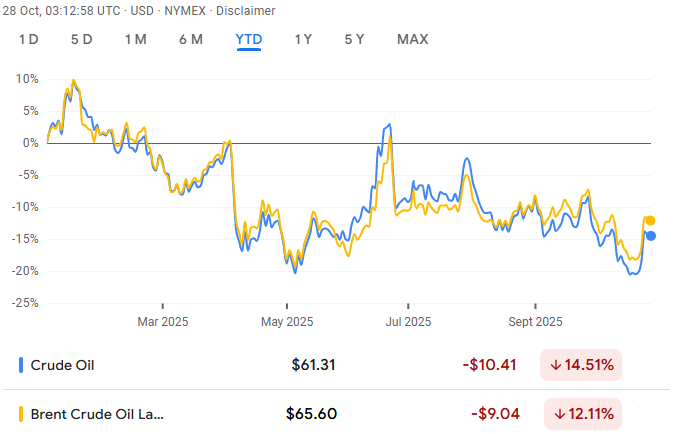
Oil markets have experienced significant volatility in recent weeks, with prices struggling to establish a clear directional trend despite what should be positive catalysts. [1]
Both benchmarks experienced their best weekly performance since June last week, with WTI surging past $62 and Brent breaking above $66 on Russian sanctions and early trade deal optimism. However, those gains have since evaporated as fundamental supply concerns reassert themselves. Oil opened October trading around $67-68 for WTI before declining steadily throughout the month, reflecting persistent worries about global demand growth and expanding supply capacity.
The market's negative response to what should be positive trade news signals that supply-side factors currently outweigh demand optimism in traders' calculations. As PVM Oil Associates analyst John Evans noted, "Oil market participants exhibit more scepticism regarding trade agreements compared to their equity market counterparts. A positive negotiating environment does not necessarily translate to increased demand".
OPEC+ December Production Plans Weigh on Sentiment
The Organization of the Petroleum Exporting Countries and its allies have announced plans to increase production starting in December, representing the primary headwind preventing oil from breaking higher.
OPEC+ production strategy:
December increase: The Group is considering a slight output boost after the previous agreement added 137,000 barrels per day in November.
Reversal of cuts: OPEC+ in the midst of boosting output by a further 1.66 million bpd to fully reverse the 2.2 million bpd production cut seen in early 2024.
September surge: OPEC production rose by 400,000 bpd to 29.05 million bpd in September, the highest level in 2.5 years.
Market share priority: After years of reducing production, the coalition shifted strategy to reclaim market share starting in April.
Iraq, the largest overproducer in the OPEC group, is currently in discussions regarding its production quota with a maximum of 4.5 million barrels per day, according to oil minister Hayan Abdel-Ghani. Additionally, Iraq recently reached an agreement with the Kurdistan regional government to resume oil exports via pipeline to Turkey, which could add 500,000 bpd of fresh supplies to global markets after a two-year halt.
Russian crude exports add another layer of complexity to the supply picture. Despite Western sanctions, Russia continues exporting significant volumes to Asian buyers, particularly China and India. Last week's Trump administration sanctions targeting Rosneft and Lukoil—Russia's biggest oil producers—represent the most aggressive enforcement during his second term, yet analysts remain sceptical about effectiveness given Russia's history of bypassing restrictions.
Thursday's Trump-Xi Meeting
US Treasury Secretary Scott Bessent revealed over the weekend that top economic officials from both nations developed a "substantial framework" for a trade agreement during meetings in Kuala Lumpur. This framework sets the stage for Presidents Trump and Xi Jinping to finalise a deal when they meet on Thursday in South Korea.
Key framework elements:
Tariff avoidance: Framework prevents implementation of threatened 100% US tariffs on Chinese imports.
Rare earth compromise: China agrees to delay export controls on rare earth elements.
Agricultural purchases: Beijing commits to buying more US soybeans as part of the agreement.
Optimistic signals: Trump stated Sunday, "I believe we're going to have a deal with China. We're going to meet them later in China and in the US, in Washington or at Mar-a-Lago". [2]
China represents the world's largest crude oil importer, consuming approximately 15 million barrels daily. The nation has been steadily building oil reserves in recent months, adding to global supply pressures. Additionally, Chinese media recently announced the discovery of a major 100 million metric ton shale oil reserve in the Sichuan basin, furthering the country's energy independence efforts.
Why trade deal hopes boost oil demand:
Economic growth in both nations would increase manufacturing activity and energy consumption. Reduced tariffs support Chinese industrial production, whilst increased trade volumes raise bunker fuel consumption for cargo vessels crossing the Pacific. Improved business confidence typically lifts global industrial activity, whilst Chinese refineries would increase crude processing for export-oriented manufacturing.
However, the market's muted response to this weekend's framework announcement reveals trader scepticism. Oil actually fell Monday despite the positive trade news, as OPEC+ supply plans overshadowed demand optimism. This divergence from equity markets—which rallied strongly on the news—demonstrates that oil traders require more concrete evidence of actual demand increases rather than hopeful projections.
2026 Oversupply Forecasts Cap Upside Potential
Major forecasting institutions, including the International Energy Agency, US Energy Information Administration, and J.P. Morgan all project a significant crude oil oversupply in 2026, fundamentally capping price rally potential regardless of short-term trade developments.
Key forecast highlights:
| Institution |
Q4 2025 Brent Forecast |
2026 Brent Forecast |
Key Factor |
| EIA |
$62/bbl |
$58/bbl |
US production growth |
| J.P. Morgan |
~$62/bbl |
~$58/bbl |
Demand weakness |
| IEA |
N/A |
4.0 million bpd surplus |
Global oversupply |
The United States has emerged as the world's largest oil producer, with output reaching 13.46 million barrels per day and expected to climb further as technological improvements in shale drilling continue lowering breakeven costs. This allows US producers to remain profitable even at current price levels, ensuring supply growth continues regardless of demand conditions.
The Trump administration's energy policy prioritises lower oil prices to combat inflation, with the White House publicly stating a preference for crude at $50 per barrel or below. This political pressure reduces the likelihood of strategic petroleum reserve purchases or other government actions that might support prices. Instead, the administration continues pushing for maximum domestic production to keep energy costs down for consumers.
Analysts at major banks have revised their oil price forecasts downward repeatedly throughout 2025 as supply growth has exceeded expectations. The consensus view now holds that structural oversupply will persist through at least mid-2026, keeping prices rangebound in the $55-65 range for Brent.
How Lower Crude Prices Affect Petrol Bills
Whilst $61 WTI crude may seem abstract to consumers, the price directly influences retail petrol costs that impact household budgets. Current crude levels translate to relatively stable pump prices, though the Trump administration's goals of pushing oil to $50 per barrel would provide meaningful relief to drivers.
The relationship between crude prices and retail petrol follows a lag of approximately 2-4 weeks, as refineries process crude into finished products and distribution networks move fuel to stations. At current WTI levels around $61, typical retail petrol prices in major markets remain well above the administration's inflation-fighting targets.
Refinery crack spreads—the profit margin between crude input costs and refined product output prices—remain healthy, suggesting refiners continue processing crude at robust levels despite modest price weakness. Strong refinery demand provides a floor under crude prices, as these facilities represent the actual end buyers of oil production.
Winter heating oil demand typically provides seasonal support for crude markets, though natural gas substitution and warmer weather forecasts for key consuming regions have muted this effect in recent years. European refineries often undergo maintenance during early winter months, temporarily reducing crude demand from that region.
What This Means for Markets Moving Forward
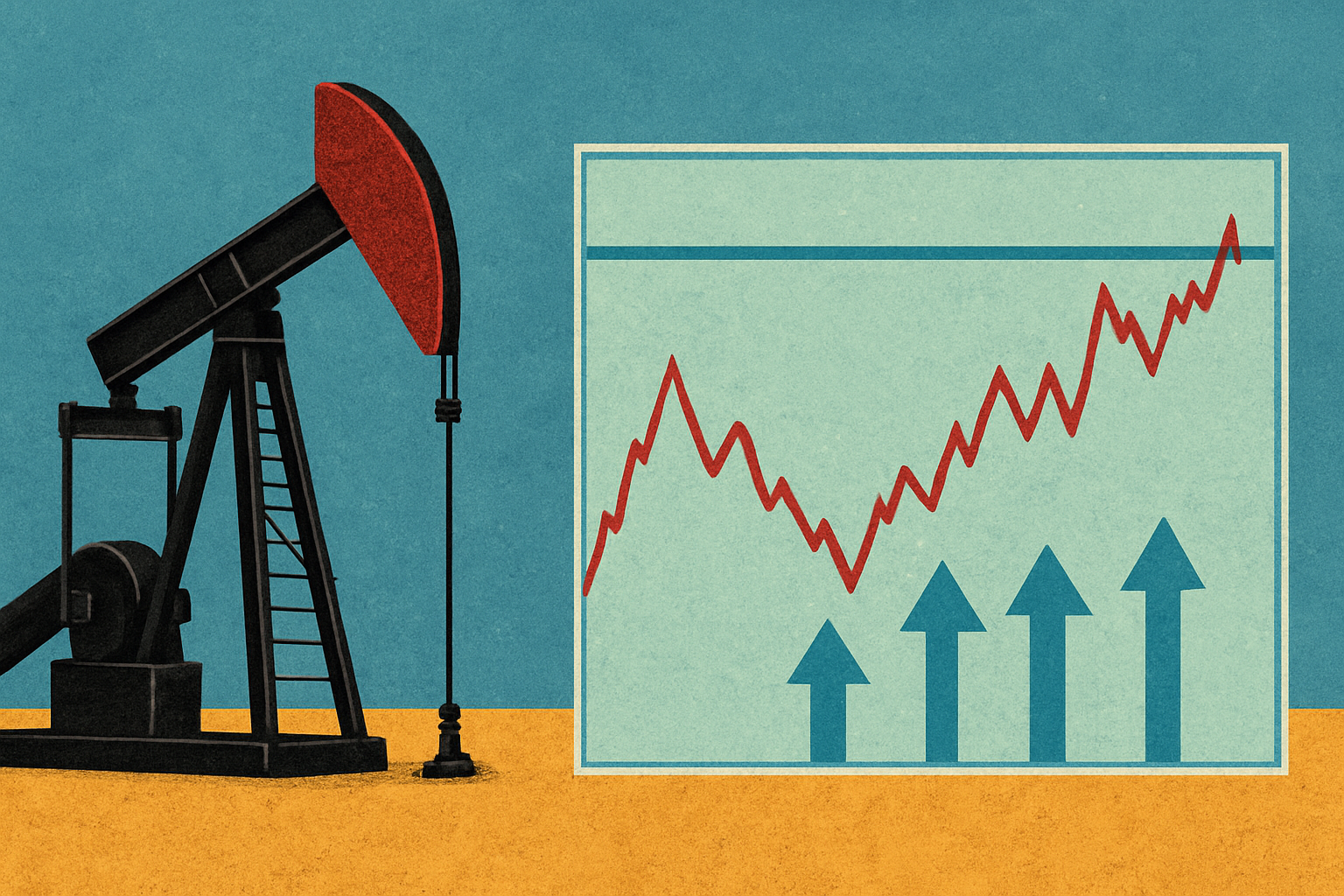
The fundamental tension between improving trade relations and expanding supply will likely keep crude rangebound through year-end. Thursday's Trump-Xi meeting represents the most immediate catalyst that could break oil from its current stalemate.
A comprehensive trade agreement covering tariffs, intellectual property, and technology transfers would likely push WTI toward $64-65 and Brent toward $68-69 in the near term. However, such gains would probably prove temporary unless demand data confirms actual consumption increases rather than optimistic projections.
Conversely, disappointing outcomes from Thursday's meeting or postponement of key decisions could trigger selling that brings WTI back toward $59 and Brent toward $63. The relatively narrow trading ranges of recent days suggest markets are positioned for a breakout move once clarity emerges from the presidential summit.
Longer-term, the 2026 oversupply forecasts and OPEC+ production increases point to continued price weakness regardless of trade deal progress. Unless global demand dramatically exceeds current expectations—an unlikely scenario given slowing economic growth in major consumers—structural oversupply will cap any sustained rallies above $65-70 for Brent. [3]
For now, oil remains trapped below $62 for WTI, caught between improving demand hopes and persistent supply concerns that prevent sustained rallies. The market's sceptical response to this weekend's trade framework announcement demonstrates that traders require concrete evidence of demand increases, not just optimistic political statements. Thursday's developments will determine whether prices break higher toward $65 or roll over toward $58 in the coming weeks.
Disclaimer: This material is for general information purposes only and is not intended as (and should not be considered to be) financial, investment, or other advice on which reliance should be placed. No opinion given in the material constitutes a recommendation by EBC or the author that any particular investment, security, transaction, or investment strategy is suitable for any specific person.
Sources
[1] https://finance.yahoo.com/news/oil-prices-fall-us-china-105512148.html
[2] https://www.reuters.com/business/energy/oil-prices-rise-after-us-china-reach-trade-deal-framework-2025-10-27/
[3] https://www.jpmorgan.com/insights/global-research/commodities/oil-price-forecast
